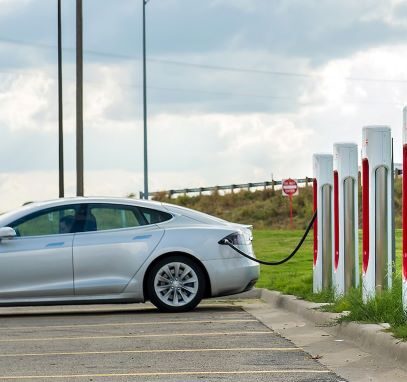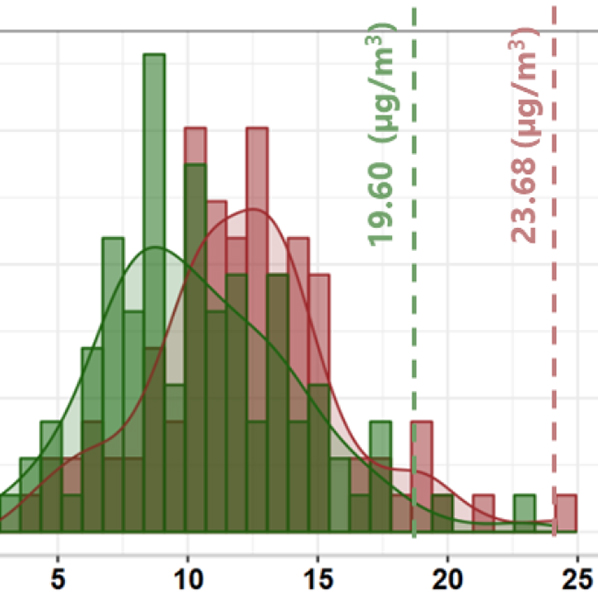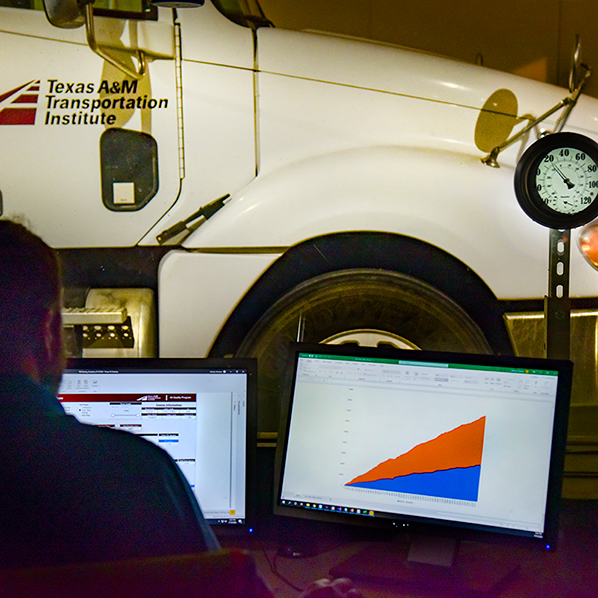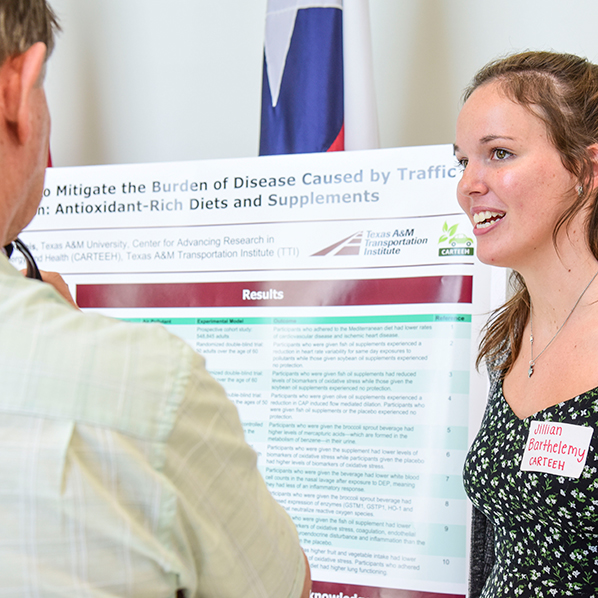
about
We are experts in transportation emissions and its impacts on human and environmental health.
Our team addresses transportation air quality in the broader context of sustainability, health equity, climate change, transportation electrification, and decarbonization.
We serve a range of sponsors in the private and public sectors, including federal, state, and local transportation agencies.
Programs

Health and Sustainability
The Health and Sustainability Program focuses on conducting research in the areas of transportation policy, planning, alternative energy, air quality, and public health to determine and communicate best practices and implementable solutions.

Environmental Modeling Program
The Environmental Modeling Program has extensive expertise in data analysis, emissions inventory development, and air quality modeling. Our research team works on emissions and dispersion models, including regulatory emissions inventories.

Emission Inventories Program
The Emission Inventories Program has extensive expertise in emissions inventory development.

Clean Transportation Research Complex
The CTRC houses one of the largest drive-in environmental chambers in the nation. The facility conducts emissions testing on vehicles under varying ambient and operational conditions and serves a host of other testing and research needs.

Center for Advancing Research in Transportation Emissions, Energy, and Health (CARTEEH)
CARTEEH is a U.S. Department of Transportation-funded University Transportation Center, studying the impacts of transportation emissions on the environment and public health.
Staff
contact us
Tara Ramani
Division Head
(979) 393-0688
[email protected]
Physical Address
Texas A&M Transportation Institute
1111 RELLIS Parkway
Bryan, TX 77807
Mailing Address
Texas A&M Transportation Institute
3135 TAMU
College Station, Texas 77843-3135

























